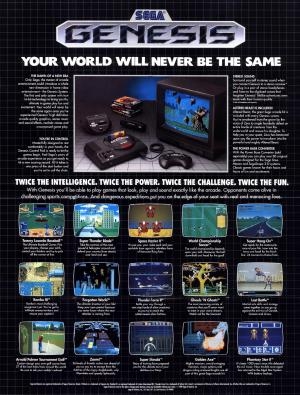
Sega Genesis
Sega Genesis Specifications
| Manufacturer: | Sega |
| Developer: | Sega |
| CPU: | Motorola 68000 |
| Memory: | 64K work RAM (68000), 64K video RAM, 8K work RAM (Z80) |
| Graphics: | Yamaha YM7101 |
| Sound: | Yamaha YM2612 5 channel FM and 1 channel FM/PCM, Texas Instruments SN76489 4 channel PSG (Programmable Sound Generator) |
| Medium: | Cartridge |
| Display: | Progressive: 320x224 (NTSC) or 320x240 (PAL). Interlaced: 320x448 (NTSC) or 320x480 (PAL) |
| Controllers: | 2 |
The Sega Genesis is a fourth-generation video game console developed and produced by Sega. It was originally released in Japan in 1988 as Mega Drive, then in North America in 1989 as Sega Genesis, and in Europe, Australia and other PAL regions in 1990 as Mega Drive.
The reason for the two names is that Sega was unable to secure legal rights to the Mega Drive name in North America. The Sega Genesis is Sega's third console and the successor to the Sega Master System with which it has backward compatibility.
The controversy over games like Mortal Kombat in the United States forced Sega to create the first content rating system for video games, the Videogame Rating Council, rather than have the games heavily censored. The rating system allowed Sega to ship games with little to no censorship and gave it a competive edge when the same game was released by Nintendo. The success of those games eventually forced Nintendo to join its rating system.
Designed by an R&D team supervised by Hideki Sato and Masami Ishikawa, the Genesis was adapted from Sega's System 16 arcade board, centered on a Motorola 68000 processor as the CPU, a Zilog Z80 as a sound controller, and a video system supporting hardware sprites, tiles, and scrolling. It plays a library of more than 900 games on ROM-based cartridges. Several add-ons were released, including a Power Base Converter to play Master System games. It was released in several different versions, some created by third parties. Sega created two network services to support the Genesis: Sega Meganet and Sega Channel.
In Japan, the Mega Drive fared poorly against its two main competitors, Nintendo's Super Famicom and NEC's PC Engine, but it achieved considerable success in North America, Brazil, and Europe. Contributing to its success was its library of arcade game ports, the popularity of Sega's Sonic the Hedgehog series, several popular sports franchises, and aggressive youth marketing that positioned it as the cool console for adolescents. The 1991 North American release of the Super Nintendo Entertainment System triggered a fierce battle for market share in the United States and Europe known as the "console war". This drew attention to the video game industry, and the Genesis and several of its games attracted legal scrutiny on matters involving reverse engineering and video game violence. Controversy surrounding violent games such as Night Trap and Mortal Kombat led Sega to create the Videogame Rating Council, a predecessor to the Entertainment Software Rating Board.
30.75 million first-party Genesis units were sold worldwide. In addition, Tectoy sold an estimated three million licensed variants in Brazil, Majesco projected it would sell 1.5 million licensed variants of the system in the United States and smaller numbers were sold by Samsung in South Korea. By the mid-2010s, licensed third-party Genesis rereleases were still being sold by AtGames in North America and Europe. Many games have been re-released in compilations or on online services such as the Nintendo Virtual Console, Xbox Live Arcade, PlayStation Network, and Steam. The Genesis was succeeded in 1994 by the Sega Saturn.
Latest on Sega Genesis
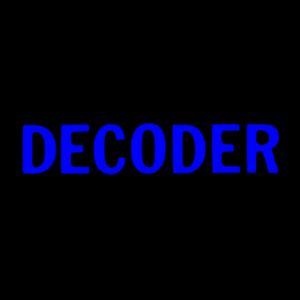
Remute - Decoder
Remute is kicking off 2023 with an ambitious, longtime dream project - a Sega Genesis / Mega Drive adaption of the German counter-cultural cyberpunk c...
![Disney Gargoyles [Collector's Edition] [Limited Run]](https://m1.videogamemeta.com/disney-gargoyles-collector-s-edition-limited-run-sega-genesis-fct.jpg)
Disney Gargoyles [Collector's Edition] [Limited Run]
Gargoyles Rule the Night Blast through 1,000 years of gothic adventure with the stone-crushing strength of the legendary Goliath. Challenge armies of...
![Worms [Limited Run Games: Peach Edition]](https://m1.videogamemeta.com/worms-limited-run-games-peach-edition-sega-genesis-fct.jpg)
Worms [Limited Run Games: Peach Edition]
Explore the sinister side of nature as you control a troop of armed-up, never-say-die worms in an arcade-strategy extravaganza. Use shotguns, Bazokas,...
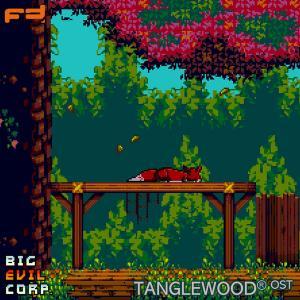
Tanglewood OST
The full original soundtrack from the epic, award winning Sega Megadrive / Genesis platformer, Tanglewood!
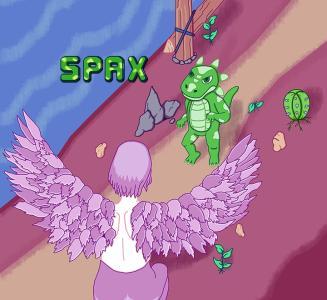
Spax
Help Spax save his mother from the orcs and harpies. For this it will be necessary to obtain the magical abilities contained in the engravings so that...
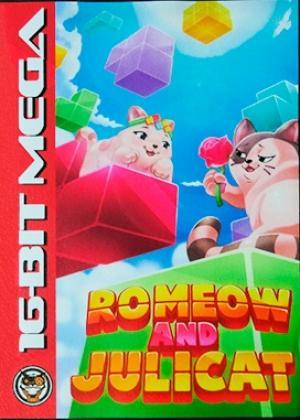
Romeow and Julicat
It’s a tale of true cat love! Help Romeow woo his beloved Julicat! You’ll explore a variety of locations and classic romances as you place blocks o...
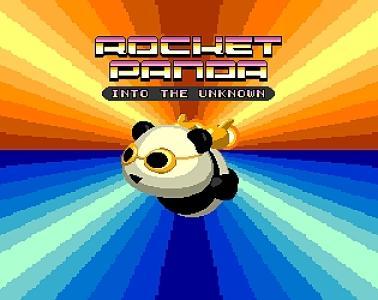
Rocket Panda - Into the Unknown
Fly Rocket Panda into the unknown skies, take out the enemy, drink the tea and eat the donuts! A shoot-em-up ROM for the Sega Megadrive featuring v...
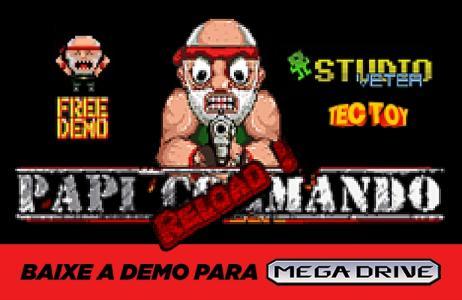
Papi Commando Reload: TECTOY Edition
The official TECTOY Demo is available !! Don't wait to play it, defeat the C++ units and the final Boss Zone, Mr Schultz ! Created by Studio Vet...
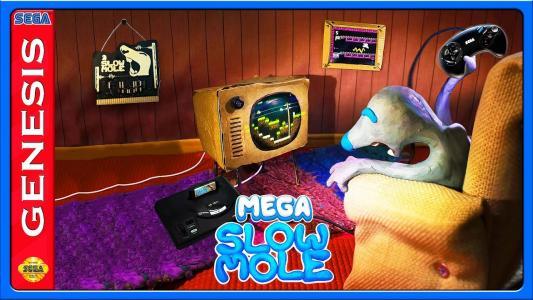
Slow Mole 2: Mega Slow Mole
A playful platformer with surprising mechanics and a unique twist; as Slow Mole you can get a checkpoint on any screen, but only if you beat the timer...
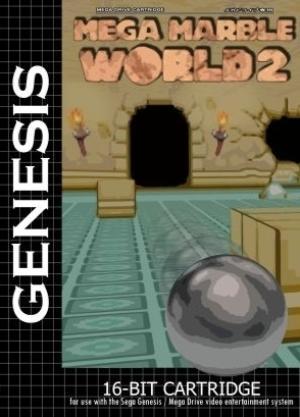
Mega Marble World 2
The sequel to the original Mega Marble World released in 2018. This is a puzzle. You control the ball. You can roll it in 4 directions. The ball is un...